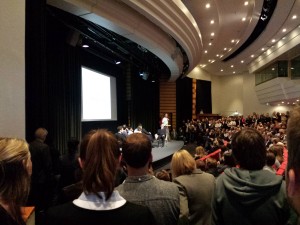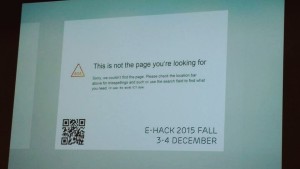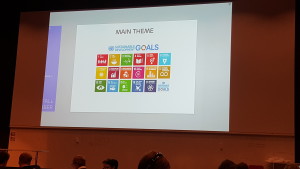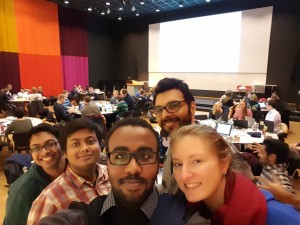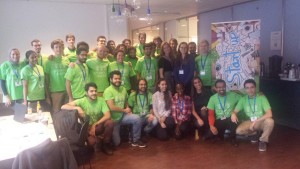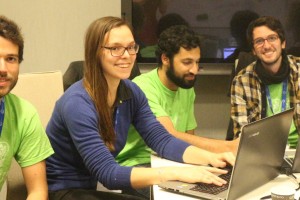I attended Indiapreneurs #1, a networking event with a focus on integrating the entrepreneurship network between India and Stockholm with a focus on doing business in India, hosted by Synch Law. I felt that the focus of this session on doing business while overcoming cross-cultural differences was especially refreshing. Every speaker had different insights to share about their entrepreneurship experiences in India, but I found the points put across by Mr Anil Raj, the CEO & Co-Founder at OMC Ltd especially pertinent to what I have learnt in class.
Mr Raj is a veteran of the telecom industry who has previously held senior positions in Ericsson, and went on to co-found the startup OMC Ltd, an India-based power company that aims to provide power to rural parts of India through renewable sources.
I found Mr Raj’s presentation on how he came up with the idea to create the startup OMC Ltd especially relevant to our recent lesson on opportunity, cost and innovation. Mr Raj described how he initially came up with the idea of providing power to the Indian rural population, and proceeded to dominate the market through implementing this idea. Mr Raj highlighted that power is a universal necessity, hence OMC Ltd did not face any first mover disadvantage having to educate the market about their product, but conversely had a first mover advantage as many companies doing business in India mainly focus on developing products for users in the big cities, and leave out the majority of the Indian rural population. OMC Ltd focused on exploiting this opportunity in a timely manner, solving a long-running pain of a lack of readily available power that their market faces.
I also found Mr Raj’s portrayal of OMC Ltd’s business model and creation pertinent to our lesson on business models. OMC Ltd’s business model identified the rural Indian population as a niche customer segment, and created a value proposition to try to solve the pain of the rural population’s lack of available energy. Mr Raj says that having established OMC Ltd’s core business in India, they have plans to apply the same business model to other niche markets, looking towards the Philippine’s rural population to expand his business. I felt that this was a very relevant example of the importance of focusing on a niche segment to establish a business model, and then applying and adapting a tested business model to different market segments.
Apart from the relevance of Mr Raj’s speech to the lessons in class, Mr Raj also highlighted many aspects of India’s business climate that would be relevant to anyone who wants to do business in India. India is a fast growing economy with many different socio-economic groups, and entrepreneurs must be comfortable dealing with the price and quality sensitive Indian market, and the many layers of bureaucracy to overcome to get anything done. From this, I started to realize how much culture can affect the way people do business and start companies in different countries.
Although I was initially apprehensive to go for Indiapreneurs #1 as I was neither from India, nor had any idea about the business climate in India, but I left the event thankful to have come, and listened to many inspiring speakers whose entrepreneurship experiences were both inspiring and enriching to listen to.

